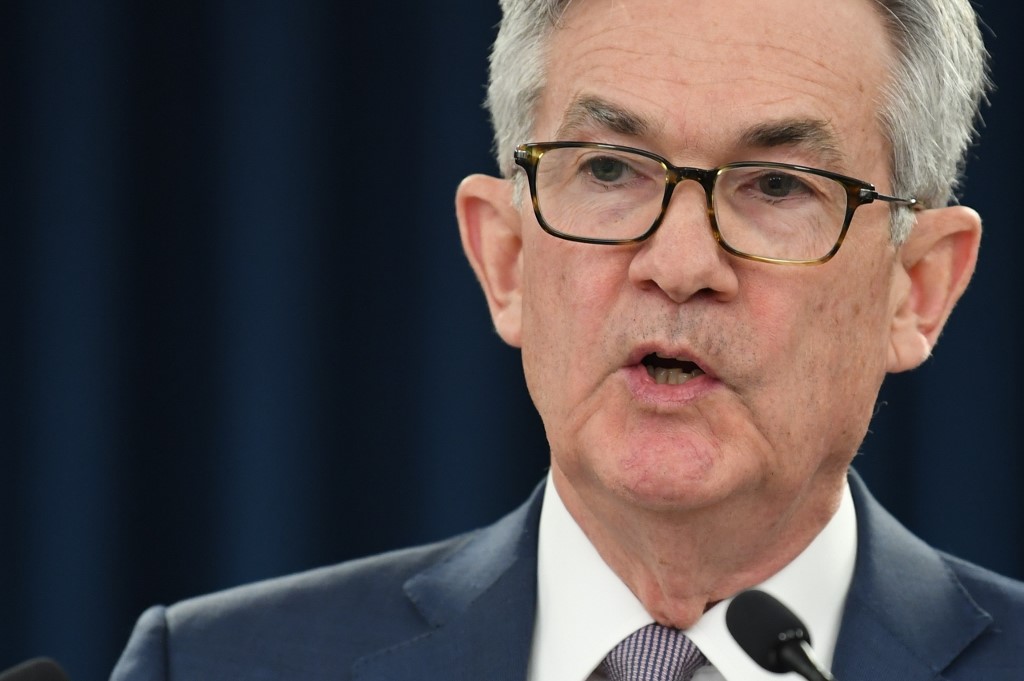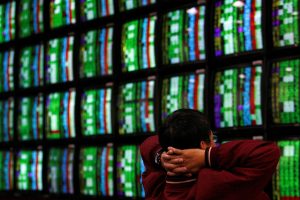(ATF) The Federal Reserve committed to keep rates low on Wednesday March 17, providing a boost to equities. The 10-year Treasury yield reversed most of an initial move wider, with steepening in the curve between short and long rates the main net effect on the day.
The 10-year Treasury yield briefly rose to almost 1.70% before Fed chairman Jerome Powell explained the central bank’s current policy stance, but later eased to close at 1.64% for a minimal widening on the day. Short-dated yields fell on the renewed commitment to low rates but the 30-year pushed out, to take the Treasury curve steeper.
The S&P 500 rose 0.3% on the day, the Nasdaq was up 0.4% and the Dow Jones Industrial Average rose just over 0.5% to close above 33,000 for the first time.
For now at least, Powell seems to have calmed concerns for both the equity and debt markets with his measured approach to inflation and policy making.
The Federal Reserve repeated its pledge to keep its target interest rate near zero for years to come after projecting a jump in US economic growth and inflation this year as the Covid crisis winds down.
6.5% growth foreseen this year
The Fed now sees the economy growing 6.5% this year, which would be the largest annual jump in gross domestic product since 1984, and the unemployment rate falling to 4.5% by year’s end. That compared with projections in December of 4.2% GDP growth and 5% unemployment.
The pace of price increases is now expected to exceed the Fed’s 2% target for the year, hitting 2.4% by year’s end before falling back in 2022.
“Indicators of economic activity and employment have turned up,” the central bank’s policy-setting Federal Open Market Committee said in a statement that kept the benchmark overnight interest rate in a target range of zero to 0.25%.
The improvement in the Fed’s economic outlook did not immediately alter policymakers’ expectations for interest rates, though the weight of opinion did shift. Seven of 18 officials now expect to raise rates in 2023, compared to five in December.
Four of them now feel rates may need to rise as soon as next year, a change from zero as of the last projections in December.
Fed chairman Jerome Powell said the worst economic outcomes that could have arisen from the pandemic had been avoided thanks to aggressive support from the federal government and the central bank.
But he stressed the rosier outlook did not mean the Fed would now remove its support for the economy, with the nation still 9.5 million jobs short of where it was before the emergence of Covid and inflation below the Fed’s target.
“The strong bulk of the committee is not showing a rate increase during this forecast period,” Powell said during a news conference to discuss the policy meeting, referring to the 2021-2023 timeframe.
The latest quarterly projections were the central bank’s first since December, and incorporate developments including the rollout of coronavirus vaccines and the approval of two federal spending bills of about $2.8 trillion.
No panic on inflation
They show the Fed sticking to its new framework and a pledge not to overreact to the first hints of inflation. The jump this year is at least partly driven by the weak prices earlier in the pandemic, and inflation is expected to fall in 2022 as those numbers drop out of the calculation. The Fed sees interest rates staying steady despite that imminent jump.
“With policy rates on hold for a long time, tapering will be the next important development for monetary policy,” Michael Feroli, chief US economist for JPMorgan, wrote after the release of the Fed’s statement and projections.
Compared with the Fed’s first pandemic-era forecasts, issued in June of last year, the latest projections show a remarkable turnaround, with the unemployment rate for the end of this year a full 2% below what policymakers anticipated previously, and something close to full employment within sight next year.
The Fed’s estimates of longer-run trend growth have not changed, and remain at 1.8%, evidence the central bank does not think the pandemic is about to produce a flowering of productivity or innovation that would drive capacity higher.
























